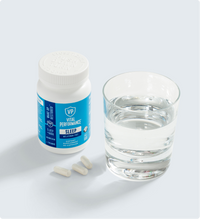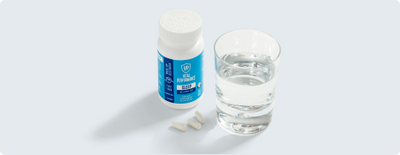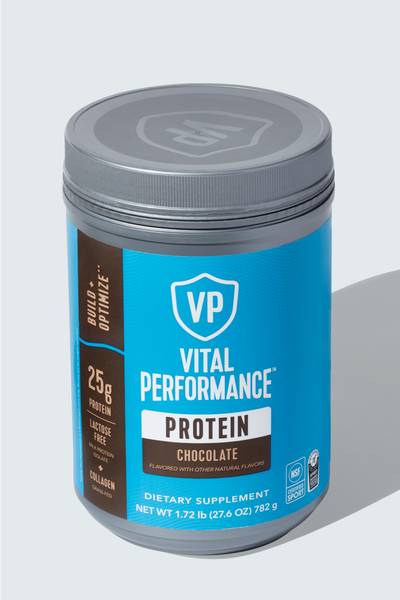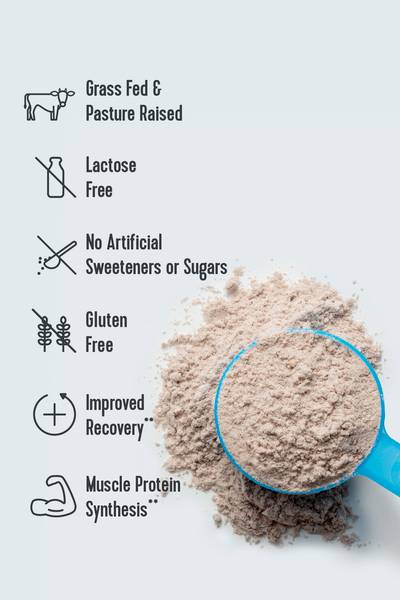Fitness is all about leveling up. You don’t keep using 10-pound weights forever and you eventually want to attempt a push-up off your knees (no matter how scary it is).
This same mentality goes for popular workout machines. The treadmill, elliptical, leg press and more are all staples of a well-rounded fitness regimen. But things can get stale—fast—if you aren’t challenging yourself.
That’s where the fitness experts come in. To keep you from falling into a workout rut, they share their top tips on how to take popular workout machines to the next level!

Leg Press
You already know what the leg press machine is supposed to do: build lower-body strength. But most people don’t know half of what you can do with it, according to certified fitness trainer Abbey Christie.
In order to really get a challenging leg workout with this machine, she advises changing up where you place your feet on the machine’s platform. (Note: instructions for different machines are different, but the basics are the same.) “Moving your feet closer to the top will focus more on your hamstrings, closer to the bottom will focus more on the quads,” she says.
To uplevel this move, place your feet on the platform at the end of the machine about shoulder-width apart and parallel. Push your legs away from your body like a squat and repeat!
If you want another challenge, you can do one leg at a time without changing your center of balance. To do this, set your feet as if you were going to use both, then remove one foot from the platform and perform your reps with one leg.
Related Articles
Elliptical
Getting tired of the elliptical? You’re not alone. Elliptical boredom is a real thing. When you move your legs backward and forward for 20 minutes without breaking a sweat, it can leave you questioning whether you’re even getting a workout.
So, what’s a fitness junkie to do? According to Kend Probst, a personal trainer, kinesiotherapist and bodybuilder, the trick is actually to engage the core throughout. He explains that the core consists of the low back para-spinal muscles and the lumbar vertebrae, not just the abdominal muscles.
“The purpose of keeping your abs tight during workouts is to protect and provide support for the low back,” he says, adding that you can tell if the core is engaged by ensuring you keep your core braced during exercise.
Shoulder Press
It’s all about tempo when taking this already-challenging machine to the next level. Von Collins, a personal trainer and author, says that you must go slow through the movements.
“The work you get on the negative (when the weight is coming in, versus the ‘press’) can be every bit effective as the press back up, but you need to be slow and controlled,” he says.
To mix it up more, alternate hand placement, do one set with hands closer together and one with hands wider. “This variation will work your entire deltoid and give you a better rotator cuff balance.”
Be sure to keep the moves controlled and always listen to your body. Since the shoulders are delicate, he says to stop and stretch if something doesn’t feel right.

Seated Cable Row
On a good day, the seated cable row is an exercise that strengthens your upper arms and back. On a bad day? It’s a monotonous exercise that feels like a mindless pulley. Christie has a quick fix for this that involves changing up your form. “Those form cues alone are enough to change the way your rows feel,” she says.
Make the changes by adjusting the seat so that the handles pull toward your belly button, not up to your chest. “If there is a chest support pad, place your sternum against it, keeping an arch in your back so that your actual chest is off the pad,” she explains. Then, you want to grab the handles and pull your elbows back as far as they can go, keeping your shoulders down away from your ears. Return slowly to the starting position, she adds.
If you’re feeling extra ambitious, there are a few other adjustments you can make. “Keeping your palms facing down will activate more upper back and shoulders, while a palms-up grip targets the lower and inner back muscles,” she says. One extra tip: “If you feel it in your arms before your back, make finger guns while holding the handles for a pistol grip. It works with your palms up or down!”
Now go forth and crush those workouts!
Vital Note: This article has been made available for informational and educational purposes only. It is not intended to be a substitute for professional medical advice, diagnosis, or treatment. Always seek the advice of your physician or another qualified health provider with any questions you may have regarding a medical condition. Your licensed healthcare professional can best provide you with the diagnosis and treatment of any medical condition and assist you as well in deciding whether a dietary supplement will be a helpful addition to your regimen.













